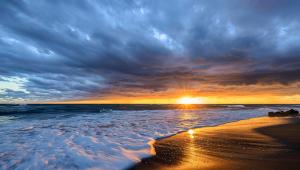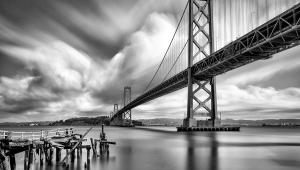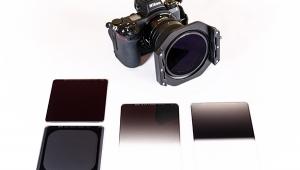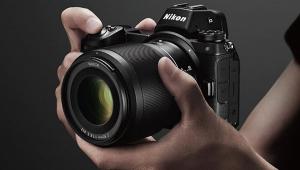How to Grow as a Photographer: Tips from Pro Shooter Deborah Sandidge
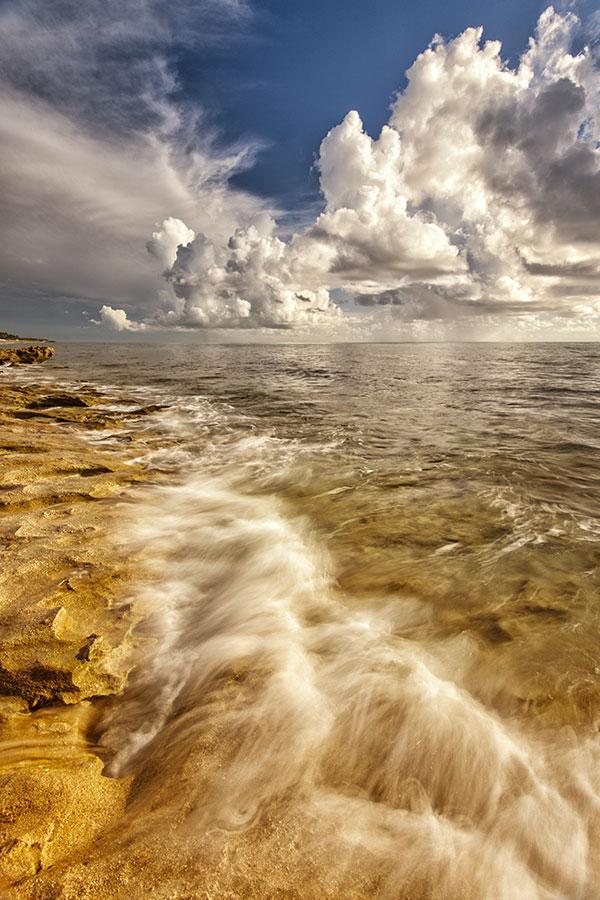
(Editor's Note: You can read "On the Road" columnist Deborah Sandidge's other columns here.)
How did I get to be the photographer I am today? It’s a question I get asked a lot by beginner photographers and, I think, there are some valuable lessons in my story. First though, I want to talk about how I view the work of other photographers.
I like to go back far as I can to see early photos posted by some of my Instagram heroes. I’m always curious to see how their images might have changed over the years.
I’ve found some of the photographers are consistent; others seem to have found something that inspires them, and you can see the explosion of ideas as they work on that connection.

I love to see those. Still others explore, trying some things that are a little bit different as they go along.
Not long ago my curiosity about how they got to where they are led me to think about how I made the trip myself. Looking back, I see that early on I pretty much had in place all the favorite subjects for my travel photography.
No surprise there. I had a lot of ideas, too, but I had work to do in order to get the skills and techniques to express them.
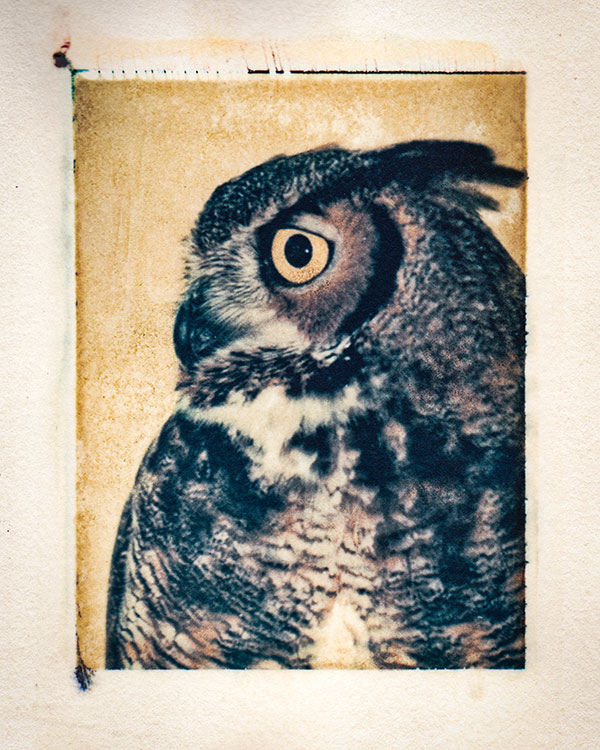
From the start I knew that just documenting an image didn’t mean anything to me. There had to be something else, some passion, some personal feeling behind the photograph.
Certain influences and directions stayed with me, others reappeared in different forms. For me technique was born of passion, and the journey from then to now was an evolution.
Early Days
Some directions burned out. I did Polaroid emulsion transfers until they stopped making the type of film that would really work with what I was doing.
I loved the hands-on aspect of the process, and the ability to affect the look of the work. That stayed with me, and when digital photography and Photoshop came along, I was back in control.

In 2002 I photographed a silhouette of several cormorants on a rock, but the photograph I really wanted—the silhouette against a multi-tone sky—didn’t exist. So, I created it out of a passion for the idea, and there was a direct, creative line from the Polaroids to that image.
Later, I shot a sailboat against a beautiful sunset sky. The problem was, the boat was moored on mud—until I added a reflection of the boat and a complete rippled foreground. I consider what I did an extension of creativity, and that part-real, part-fantasy photo also connects to the early Polaroids.
Another boat, this one from 2008, came from a different idea, and it led to a realization. I love the idea of finding a beautiful, surreal subject, and I photographed the boat and its incredible reflections; no manipulation was necessary.
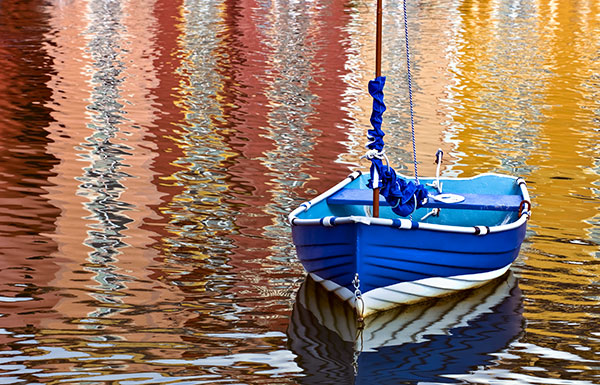
But what really made the photo work is that I shot it with my 70-200mm tele zoom at 130mm in order to isolate the section of the water that was completely rippled. If I’d taken the photo with a wide-angle lens it would have been a very different picture, and framing an image to direct a viewer’s attention has always been a favorite basic idea.
Back in 2003 I took my first infrared photo. I had just started shooting digital, and I put a Hoya R72 filter on my lens and made a test shot.
I had no idea of the exposure I’d need working with that filter—I just wanted to see what I’d get. What I got was, Oh, my gosh! I was hooked.
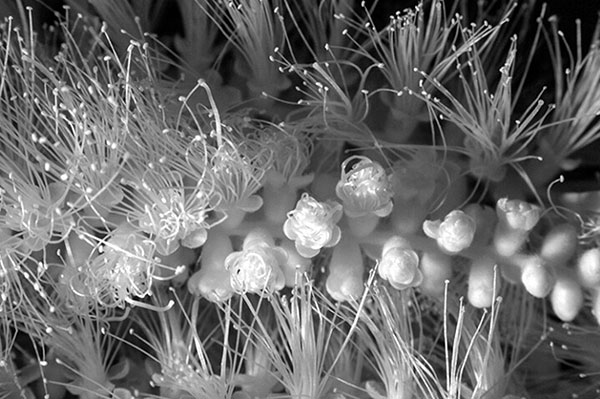
Eventually my fascination with infrared led to cameras modified to shoot the classic IR look, and then to a conversion that placed a hyper-color IR filter into one of my cameras.
In the Long Run
Some subjects, ideas, and techniques that photographers are passionate about are long term; others evolve, and the pictures change. Maybe technology offers those photographers something new, or they think of new ways to use their ideas and apply their passion.
The photos you see here are not landmarks in my career; they’re just locations on a map of development. My favorite subjects have been with me for a long time, as single subjects and combinations, and I’ve photographed them in a number of ways. I rely on familiar technique, but I remember starting out as an experimenter.
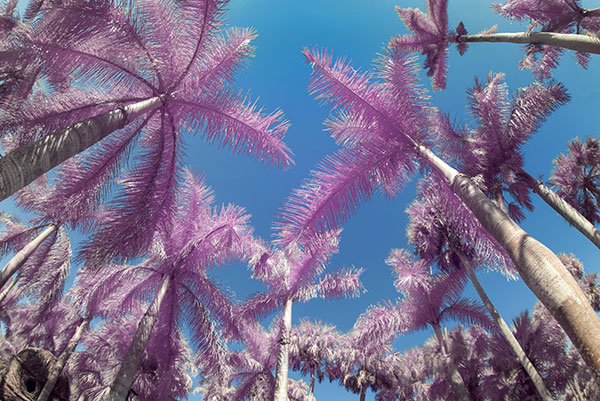
One thing I’m pretty sure of is that no matter where you started, and no matter how you got to where you are, now is a really cool time to be a photographer, simply because there are so many options available and so many different ways to express your ideas.
A selection of Deborah Sandidge’s world photography is at deborahsandidge.com, along with cinemagraphs, time-lapse videos, photo tips, and a schedule of upcoming workshops, photo tours, and seminars.
